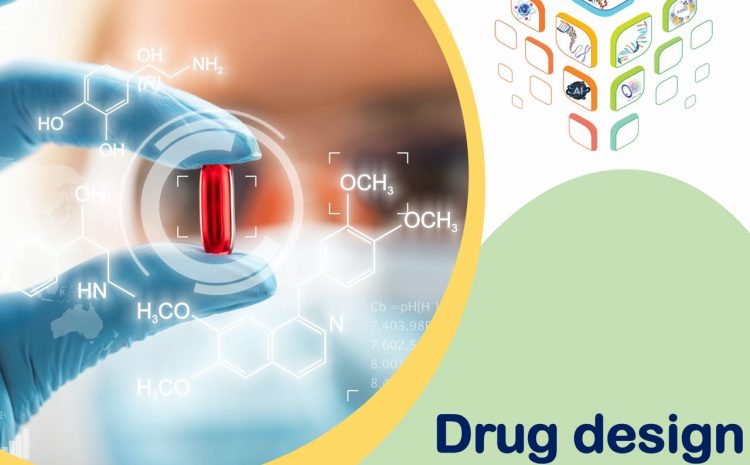Computational drug discovery and design

Drug (Medicine) is a known chemical compound that can make biological modification in living organism like activation or inhibition of a disease-related protein. It is used for the treatment, diagnosis, improvement and prevention of diseases. When there is not a suitable medicinal treatment, the de novo drug discovery project is started.
Shortly after discovery of ‘miracle drugs’ such as penicillin during World War as well as adventing synthetic organic chemistry make the preparation of ‘un-natural’ compound or drug candidates economically possible on an industrial scale.
De novo drug discovery consists of three major steps: Research and development, pre-clinical studies and clinical examination. It is crucial for drug discovery to consider disease type and identify the potential biological targets such as receptors, enzymes, proteins, genes and RNA. One of the most important properties of a determined drug target is to be modulated by a therapeutic agent.
According to latest studies, de novo drug discovery takes more than 10 years and costs about 314 million to 2.8 billion dollars. Therefore, despite the progress in biotechnology, drug discovery is a risky, costly and time-consuming process.
Drug design is the inventive process of finding new medications based on the knowledge of a biological target. drug design involves the design of molecules that are complementary in shape and charge to the biomolecular targe.
The computer systems can help and reduce the costs of drug design and discovery, due to the growing number of available databases, the computation power improvement of computer systems, expansion and development of computational methods in different branches of science. Drug design with aid of computers is called Computer-Aided Drug Design or (CADD). CADD comprises a broad range of theoretical and computational approaches that are part of modern drug design and discovery.
The computational drug design models can be divided into two main types:
- Structure- based: relies on knowledge of the three-dimensional structure of the biological target,
- Ligand-based: relies on knowledge of other molecules that bind to the biological target of interest.
Some of main subjects in this topic are available as follows:
- Computational drug design
- Bioactivity prediction of compounds
- Adverse drug reaction predictions
- Drug-target binding affinity prediction
- Drug repurposing
- Drug-target association prediction
- QSAR
- Molecular docking studies
- And…
